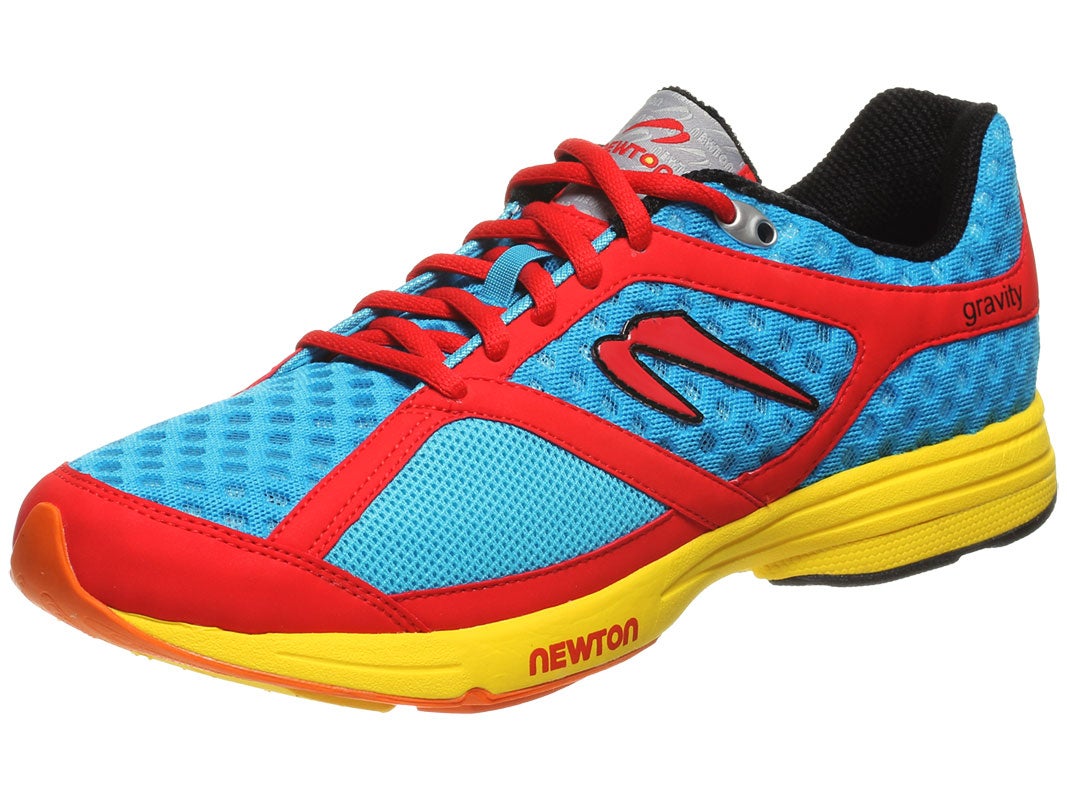After perusing YouTube on running technique and taking a good, hard look at my own running style ( let's call it "Black Hawk Down" ) I decided to swallow my pride and embrace the science of running. I took out my iDevice, and actually recorded myself running at a comfortable pace and I saw a lot of what the experts would call "heel-striking". That is, lifting the legs up high and in front of your body and striking down. Apparently, this is pretty bad for your knees and ankles, though I have been lucky enough not to have had any joint aches or pains. Time to get the experts involved.
I booked an appointment with my ART physio-therapist, Stephane, who is a Boston Qualifier himself. After many pats on the back and words of congratulations on my first official marathon, he started to work my legs. He was surprised that most of my muscle pain was in my thighs and soloplexes and virtually no tightness was present in my calves, hamstrings and glutes. ( Totally makes sense, I run by lifting two massive logs and ramming them into the ground in front of me, therefore I have very strong and pronounced soloplexes and thighs ) Suspicious, he asked me to hop on the treadmill to look at my form, and it was just as I had suspected, I was a glider, instead of a hopper. He gave me a long winded explanation of the problems I might experience, should I continue to hit the pavement in front of my body instead of underneath my center of gravity and it really made sense to me. He said it would be hard to break, as with any habit, but I should give pose running style a look. (The guy in the before video pretty much describes how I ran before 2 weeks ago.)
So after some self assessment and self study, I decided to give the new running style a go. I had been happily beating the pave with my Asics Gel Nimbus shoes for the last 3 years at least and, quite frankly, I loved them. Like running on a soft, spongy cloud. They do work really well, for those of us that do tend to strike heal first, for obvious shock absorbing reasons. So in the interest of transition and taking it easy, I decided to begin my journey into a new running gait with these shoes first and then move into something less supporting later. ( it seems less intuitive to be moving towards less supportive, but the theory states that you build up muscle fibres, which act as a natural support, instead of relying on artificial, unnatural external support ) I started out my run leaning a bit forward, instead of the perpendicular and even back-leaning pose I normally took. Just doing this, leaning slightly forward and keeping my head up, changed everything. I was now working with gravity instead of against it. "Falling" into the ground in front of me and catching myself with slightly bent, quicker cadence strides. 3 strikes per seconds on average. "One, two, three, one, two, three.", was my mantra for the first few minutes of a 10K. Interesting. It felt weird. It looked weird. It felt slower, because of the shorter steps. It was not slower. When I looked down at my Garmin, it was much, much faster to my pleasant surprise. ( 4:00/km pace instead of 5:00/km ) Hmm, interesting indeed.
After my first test run, I've decided to turn down my weekly distance. I am essentially re-teaching myself how to run, and in doing so, working different muscle groups. Instead of 20 and 30 km runs, I have scaled waaay back to 8-15 k runs. I have new aches and pains in my hamstrings and calves and surprisingly my knees as well. But honestly, the hardest part for me is having the discipline to say I am wrong, I have to fix it, especially after building up the big runs in my current style.
So here is a list of things I would recommend ( as a complete amateur, and a beginner, and nothing else ) if you are brave enough to switch to Pose:
- Take it slow. You are starting over, but you are going faster and building the muscles to be more efficient. The end goal is better performance.
- Transition to a better shoe, but don't go barefoot (yet). You will find that the big heels of modern big name shoes are clunky with pose's higher cadence. I grabbed a pair of Newton Gravity performance shoes, which I love, because they promote forefoot/midfoot landing, but still offer a heel when my calves and hams fatigue near the end of my runs. Eventually, I do want to transition to minimal, but only if it does not hinder performance of long endurance runs.
- Reset your mileage. Scale the miles waaay back. I know it sucks, but you are starting over, and honestly, once you start pose running, you will be very tired - it forces you to run faster and better. You are definitely stressing different parts of your legs and I think it wise to let your muscles build up to this.
Keep running!

No comments:
Post a Comment